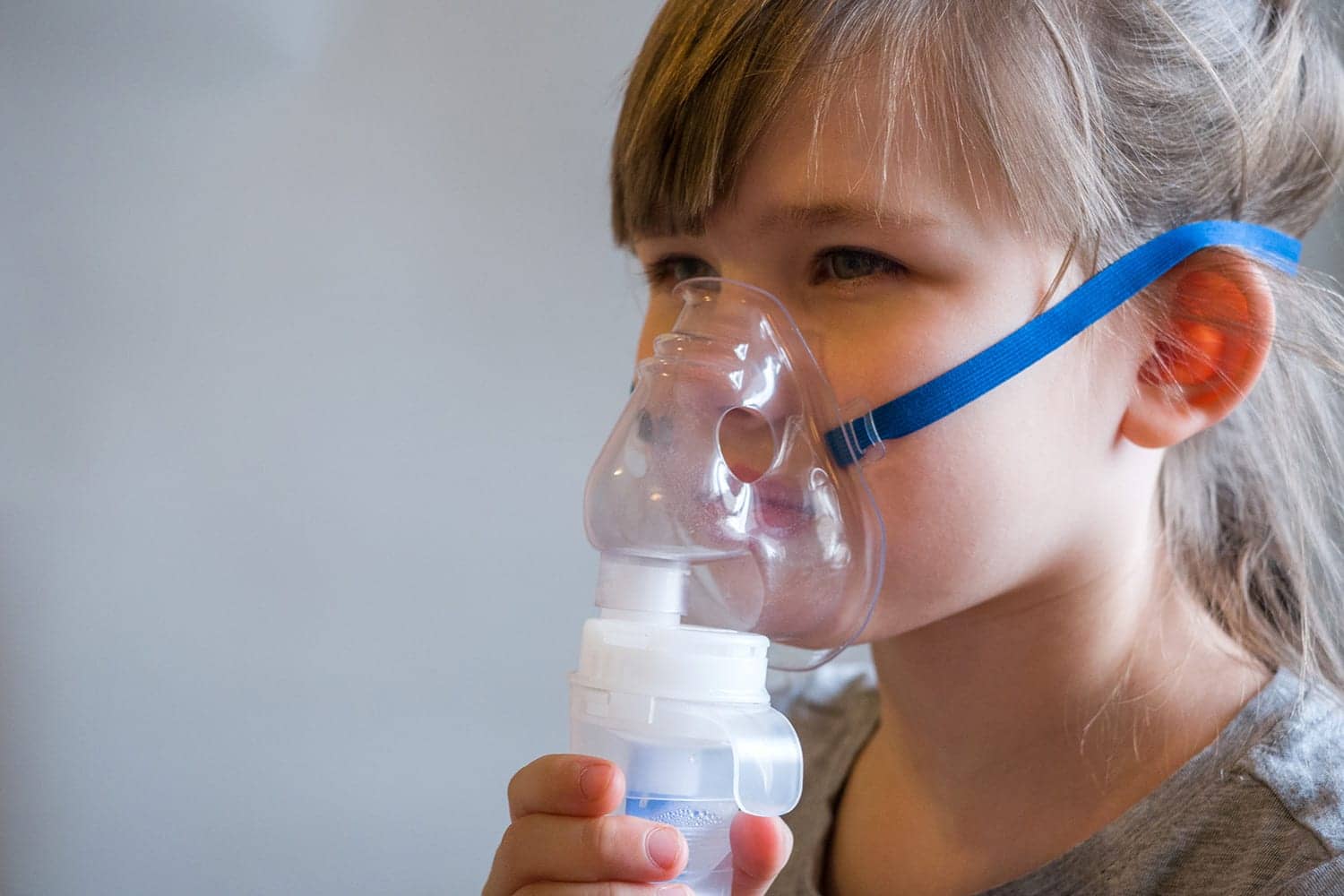Oxygen therapy is a life-enhancing treatment for individuals with various respiratory conditions. Whether using compressed gas cylinders, liquid oxygen, or concentrators, safe storage of oxygen equipment is critical. Oxygen supports combustion, making storage and handling precautions essential to reduce risks. This guide outlines key tips to ensure your oxygen equipment is stored safely and efficiently at home.
Choose a Well-Ventilated Area:
Proper ventilation is crucial when storing Oxygen Therapy at Home in Dubai (العلاج بالأكسجين في المنزل في دبي). Oxygen can accumulate in confined spaces and increase the fire hazard if a leak occurs. Always store oxygen tanks and related devices in a well-ventilated room away from closed cabinets or closets. Ensure air can circulate freely around the storage area to prevent the build-up of oxygen-enriched air. Avoid basements or attics unless they are adequately ventilated and free from temperature extremes.
Keep Oxygen Away from Heat and Flames:
Oxygen does not burn by itself but accelerates the combustion of other materials. This is why it is vital to keep oxygen tanks away from open flames, heat sources, and anything that might spark. Never store oxygen near gas stoves, space heaters, candles, or smoking areas. If you use a concentrator, ensure it is placed several feet away from walls and heat-producing appliances. Heat can increase pressure inside cylinders and pose a risk of rupture or explosion.
Store Upright and Securely:
Oxygen tanks should always be stored in an upright position. A falling cylinder can be dangerous and could cause damage or injury. Use a secure stand, cart, or specially designed holder to keep the cylinder stable and upright. If you’re transporting a portable cylinder, make sure it’s strapped securely in place to prevent tipping. For long-term storage, place tanks on a flat surface away from high-traffic areas to avoid accidental knocks or falls.
Avoid Clutter and Maintain Clear Access:
Keeping the oxygen storage area neat and clutter-free is essential for both safety and convenience. Clear away any flammable materials, such as newspapers, curtains, blankets, or cleaning chemicals, from the vicinity. The area should be easy to access in case of emergencies and not blocked by furniture or other household items. Ensure the equipment is not obstructed so you can reach it quickly when needed and spot any issues such as leaks or damage early.
Label the Area and Educate Household Members:
Clearly marking the oxygen storage area helps alert others to the presence of oxygen and the need for caution. Use signs or labels that indicate "Oxygen in Use" or "No Smoking" to reinforce safety. Educate all members of the household, including children, about the importance of oxygen safety. Everyone should understand not to tamper with equipment, bring flames near it, or store hazardous items nearby. Awareness helps create a safer environment for both the oxygen user and others in the home.
Regularly Check for Damage and Leaks:
Regular inspection of your oxygen equipment is essential for safe storage and use. Examine tanks, hoses, valves, and connectors for signs of wear, rust, or damage. Listen for hissing sounds that might indicate a leak and use soapy water to check connections if needed. Keep the equipment clean and free from dust. Proper maintenance reduces the risk of malfunction or leakage and ensures a continuous supply of oxygen when required. Replace any damaged parts according to the manufacturer’s instructions.
Follow Manufacturer Guidelines:
Every type of oxygen equipment comes with specific manufacturer recommendations for safe storage and handling. Follow these instructions precisely, including guidance on positioning, environmental conditions, and compatible accessories. Some systems may require special precautions during power outages or when stored for extended periods. Reading and understanding the user manual ensures you are fully informed about how to store and manage your equipment safely, minimizing risks to your household.
Conclusion:
Safe storage of Oxygen Therapy at Home in Dubai (العلاج بالأكسجين في المنزل) equipment is vital for maintaining a secure and comfortable home environment. By ensuring proper ventilation, keeping equipment away from heat sources, securing tanks upright, avoiding clutter, educating your household, inspecting equipment regularly, and following manufacturer guidelines, you can minimize hazards and support effective treatment. Always treat oxygen with the respect it deserves—doing so protects not only the person using it but everyone in the home.

